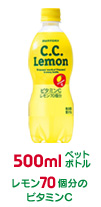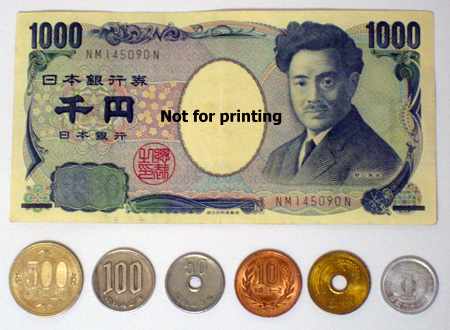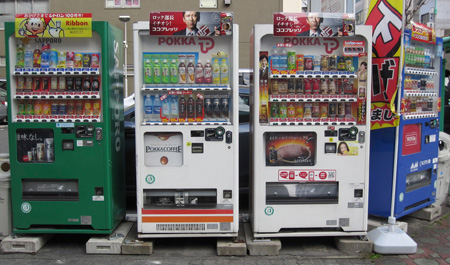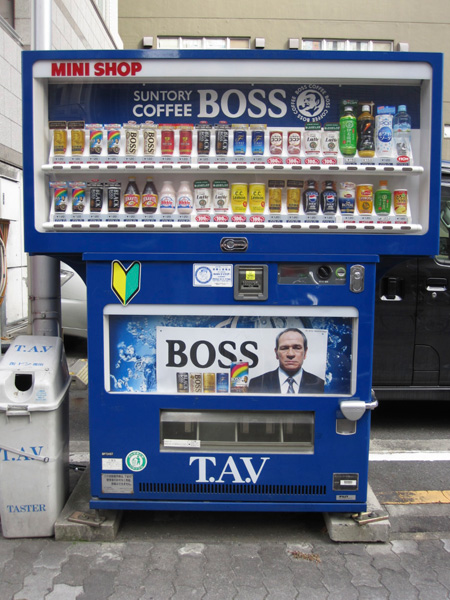 Friday afternoon, I was returning to the office with my interpreter after a meeting. I stopped at a vending machine just outside the office to get a CC Lemon. CC Lemon is a rather overly sweetened lemon drink that contains the vitamin C of X lemons. The size that is in the vending machine is worth 70 lemons. Wow! That’s a lot of lemons. There’s nothing naturally lemon about it, just flavoring and a vitamin C equivalent. I enjoy the empty calories of the drink and have only one a day, so I rationalize it by saying the vitamin C helps keep me healthy.
Friday afternoon, I was returning to the office with my interpreter after a meeting. I stopped at a vending machine just outside the office to get a CC Lemon. CC Lemon is a rather overly sweetened lemon drink that contains the vitamin C of X lemons. The size that is in the vending machine is worth 70 lemons. Wow! That’s a lot of lemons. There’s nothing naturally lemon about it, just flavoring and a vitamin C equivalent. I enjoy the empty calories of the drink and have only one a day, so I rationalize it by saying the vitamin C helps keep me healthy.
CC Lemon is popular with the gaijin, and in our previous vending machine, it was always selling out. The vending machine supplier figured that supersizing was a good idea, so they went from the standard 350 ml can size to the 500 ml pet bottle size. That difference to me is actually just enough to put me over the edge of being totally sick of it, but I do get an extra 20 lemons out of it. That also bumped the price up from 100 円 (yen) to 130 円. That’s about $1.10 and $1.40 these days.
In Japan, the lowest bill available is 1000 円, and then there are 500 円, 100 円, 50 円, 10 円, and 1 円 coins. In terms of notes, I really only see 1000 円, 5000 円, and 10000 円 notes in circulation (about $11, $55, and $110).

[Note: While preparing this picture I got a warning that Photoshop does not allow the printing of banknotes. How in the HECK did Photoshop know I was photographing banknotes?!?]
Unfortunately, I didn’t have any coins so I was forced to use a 1000 円 note. In the interest of commerce, all vending machines have slots for bills, and some vending machines are even capable of accepting 10000 円, so it is not uncommon to put a note in the vending machine.
Here’s some old school vending machines.

And a new school vending machine, including Tommy Lee Jones and CC Lemon.

I fed my note into the 自動販売機 (ã˜ã©ã†ã¯ã‚“ã°ã„ã, vending machine), chose my CC Lemon, and collected my change. In simple math, my change should be 870 円. Typically, that is a 500 coin, 3 100 coins, a 50 coin, and 2 10 coins. (I’m reminded of the Saturday Night Live mock commercial where a bank makes change. That’s all they do. Unfortunately this link is unavailable outside of the US thanks to the good folks at NBC. C’mon, this commercial is so old, make it free to the world). I extracted my 御釣り (ãŠã¤ã‚Š, change) from the change portal and found, as expected, 3 100 円 coins, a 50 円 coin, and 2 10 円 coins. Unfortunately, I was missing my 500 円 coin. I did another finger sweep. No coin. I pulled down on the lever a couple of times. No coin. At first I was ready to give it the old, “Oh well,†but then I thought, “Wait a minute, that’s over $5!â€
Fortunately, my interpreter was by my side and said, “I’ll call the telephone number here and report it and they’ll refund the 500 円. I’ll leave them my cell number and then they can pay me and I’ll keep it.†We joked that she would charge my 1000 円 for the help. So she called the vending machine company and told them of the problem. They said they would be by the office on Tuesday to refund the money since Monday was a holiday. This was at about 3:00 pm.
A little after 4:00 pm, my interpreter called me and told me the vending machine company was at the vending machine and had my 500 円. SAY WHAT?!? Within one hour, a person came to refund my 500 円 and actually handed me the coin and gave me an apology. I walked into the office and described what had happened and all the gaijins’ jaws dropped to the floor. They were amazed. The Japanese in the office kept working, probably wondering why I was so boisterous and what the big deal was. Our office administrator’s comment was, “That’s the second time this week someone didn’t get their 500 円.â€
Of course, the Americans were amazed at the customer service, my Japanese co-workers were accustomed to it, and our OA was upset by the malfunctioning of the vending machine. It was truly an “only in Japan†experience.
Wow.
Anyway, I’m happy for you to take 500yen back from them.
But meticurous customer service in Japan is not always a good thing recently.
The number of grievance against companies is increasing. The people who irrationally complain against companies are called “クレイマー” or “monster customers”. Some of their complaints don’t make sense.
Moreover, more serious problem Japan has nowadays is the parents who place unreasonable demands against their kids’ school, so called “monster parents”.
For example, they force their kid’s teacher to pay school lunch fee in stead of them by saying that school lunch doesn’t taste good. Another example is that they demand their kid’s teacher to give their kid a wake-up call every morning not to be late for school!
I am worried that more and more people living by their own selfish rules could lead to social disorder.
As always, I enjoy reading your blog. OMOSHIROI DESU NE….